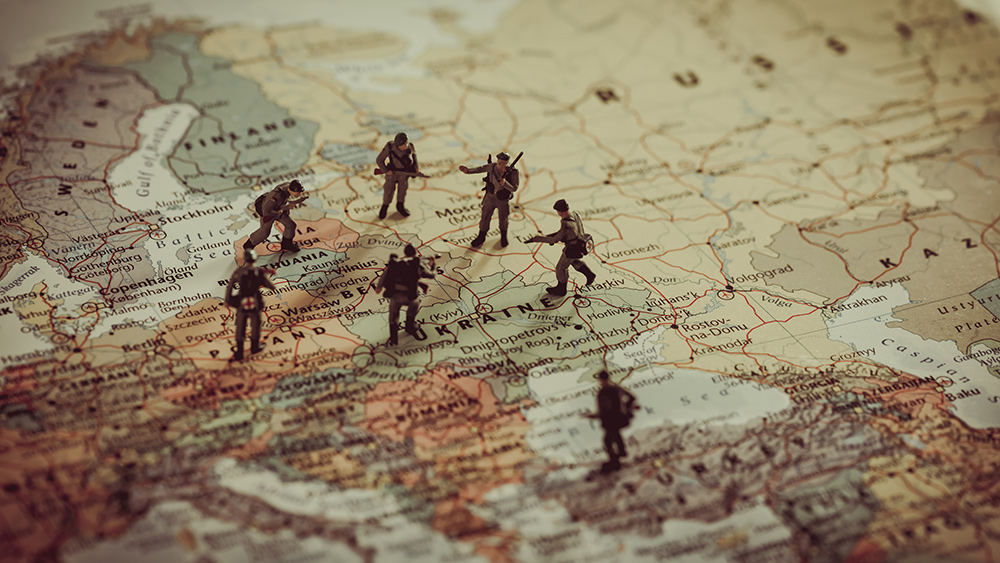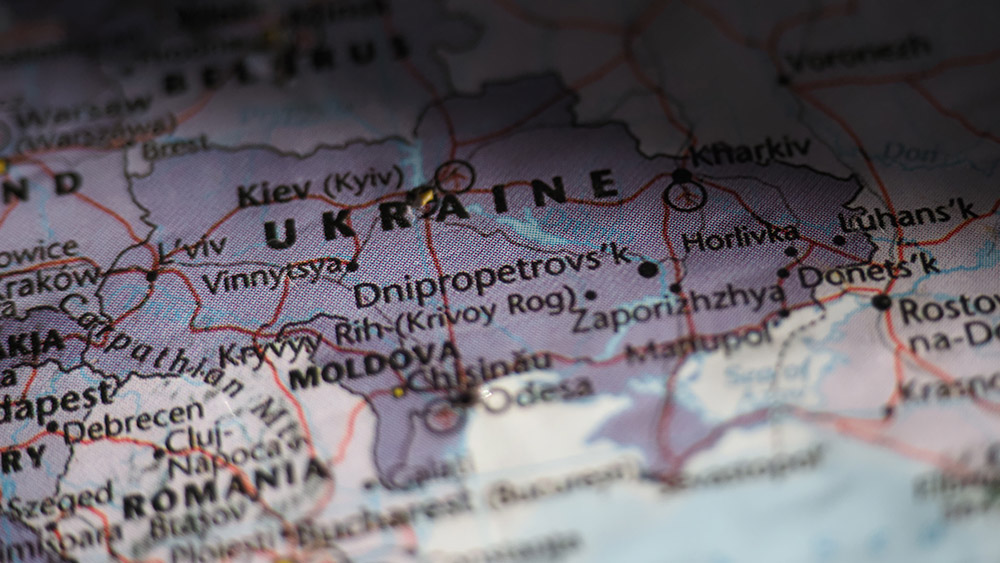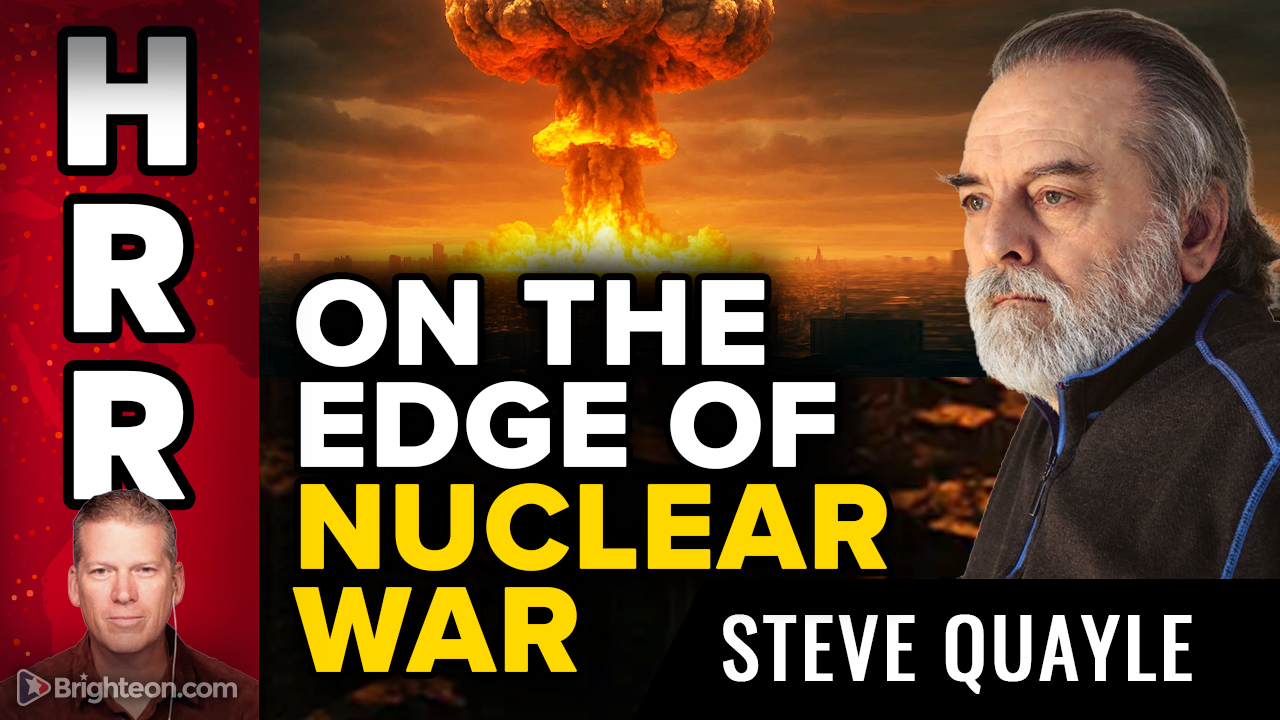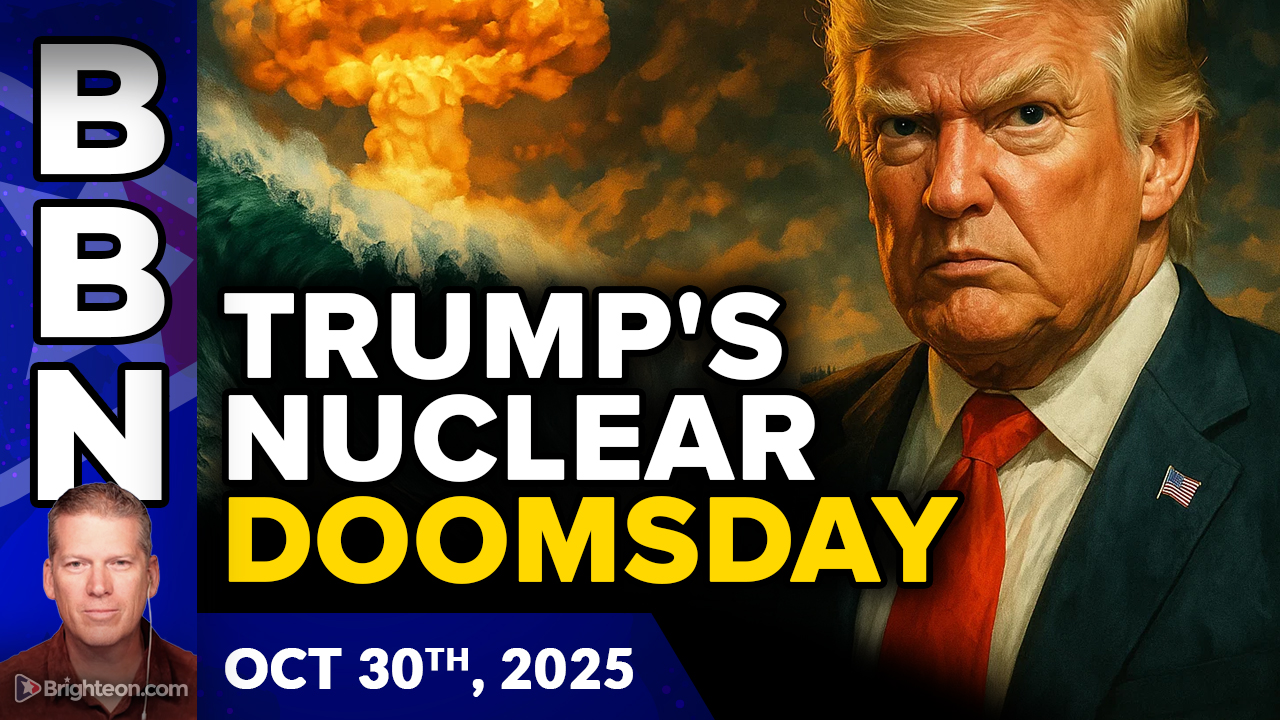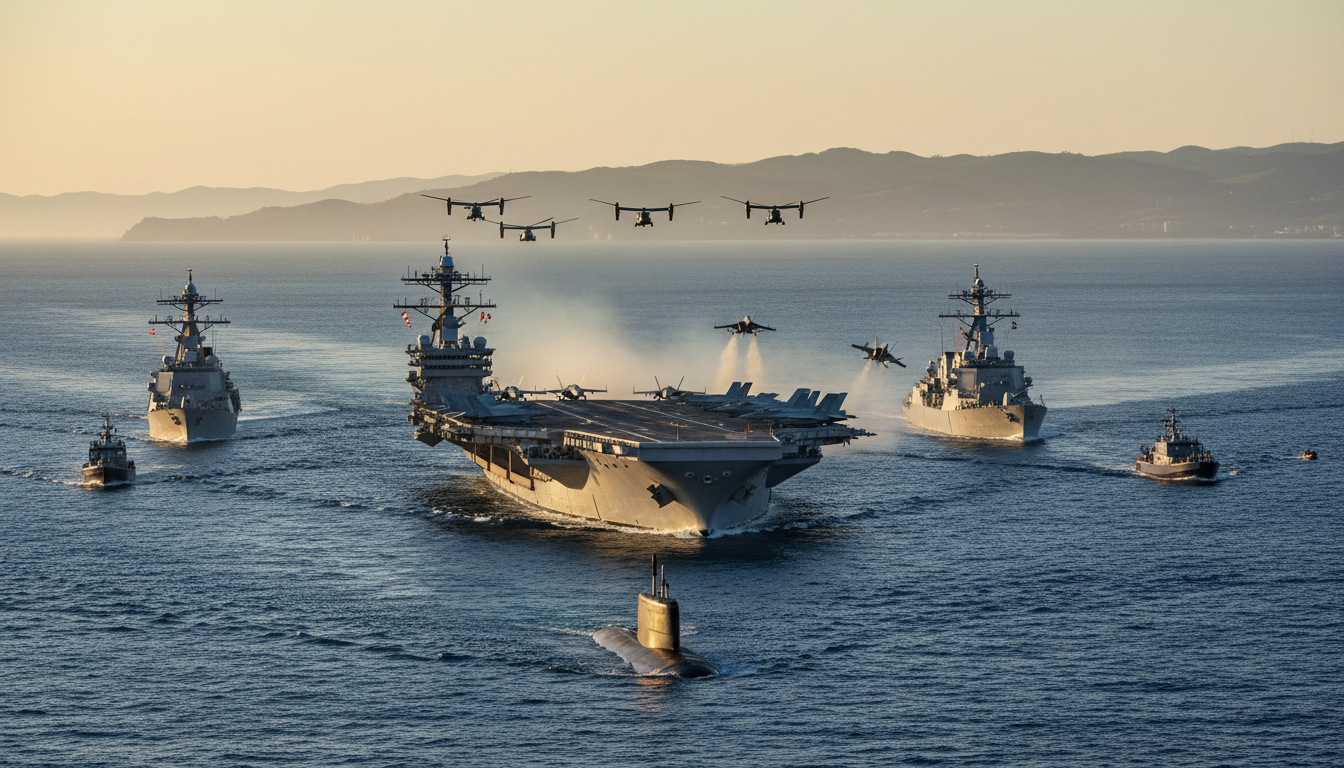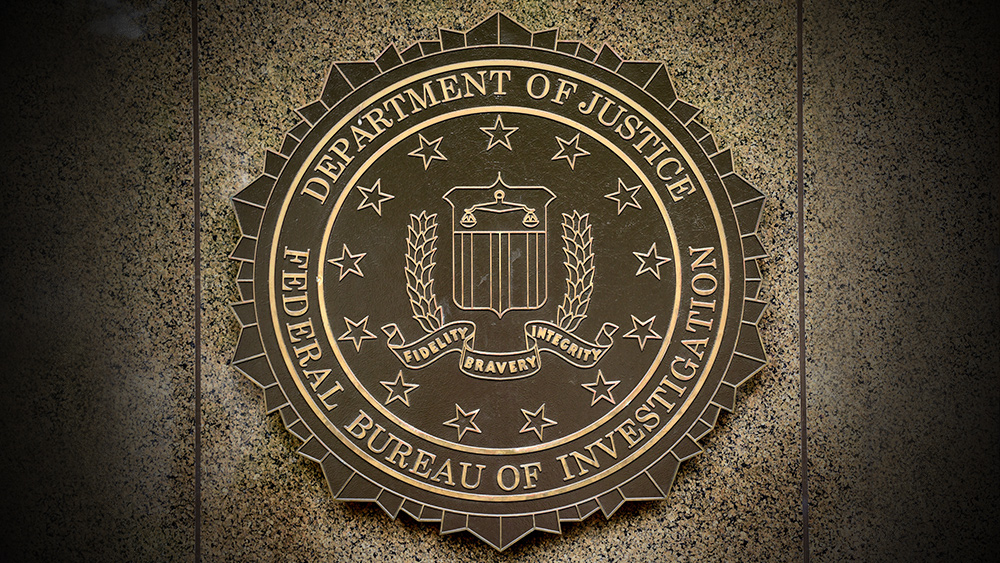 Parler
Parler Gab
Gab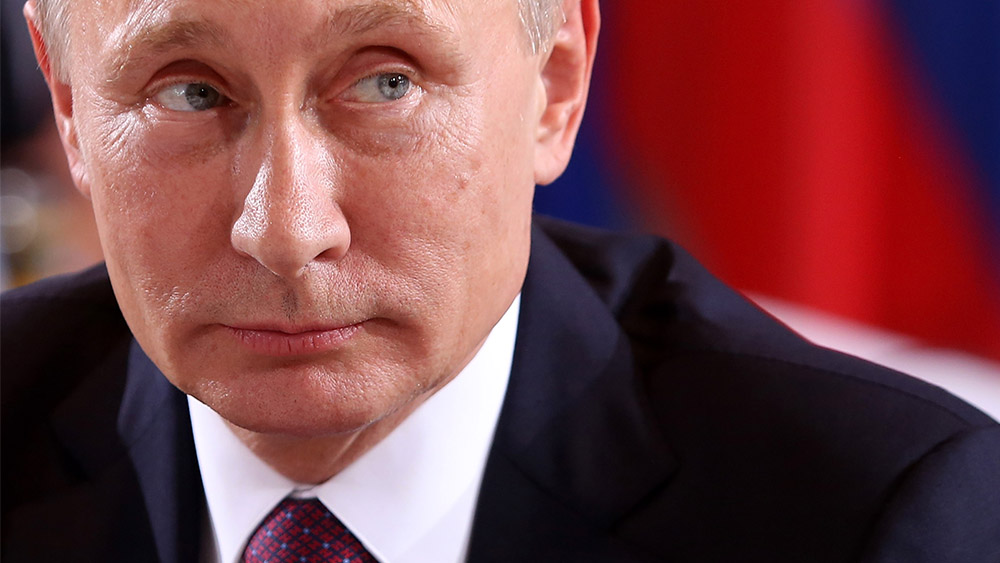
- Vladimir Putin has announced the successful test of the "Poseidon," a nuclear-powered, nuclear-armed underwater drone.
- The weapon is described as unstoppable and designed to create radioactive tsunamis to devastate coastal cities.
- This announcement is part of a series of recent Russian weapons tests, including the Burevestnik cruise missile, signaling a major escalation in posturing.
- The development is framed by the Kremlin as a direct response to NATO's expansion and U.S. missile defense systems.
- The existence of such a weapon challenges traditional nuclear deterrence and raises the stakes of global conflict to an unprecedented level.
A new category of retaliation
What exactly is the Poseidon? Officially, it is a strategic, nuclear-powered autonomous torpedo. In simpler, more terrifying terms, it is an underwater drone, launched from a submarine, that can travel autonomously across ocean depths for potentially thousands of miles. Its nuclear engine gives it a theoretically unlimited range, allowing it to loiter silently off an enemy's coast for extended periods before being commanded to strike. The payload is a nuclear warhead, but its destructive purpose is uniquely horrifying. Rather than a simple air burst, the device is designed to detonate near a coastline, triggering a massive, radioactive swell of seawater intended to inundate cities and poison the land for decades. Putin himself has proclaimed there is "no way to intercept" the drone, a claim that, if true, shatters existing defense paradigms. This weapon exists in a shadowy realm of secrecy, with few confirmed details, which only amplifies its psychological impact and allows its capabilities to be magnified in the public imagination.The strategic message behind this menace
Why is Putin unveiling this doomsday device now? The timing is no accident. The Kremlin has consistently cast the Poseidon, and weapons like the Burevestnik missile, as a necessary response to perceived Western aggression. From the Russian perspective, the United States' withdrawal from the Anti-Ballistic Missile Treaty in 2001 and the subsequent eastward expansion of NATO represent a direct threat to its borders and strategic security. This new era of weaponry and nuclear bravado is Moscow's answer to what it sees as a coordinated attempt to encircle Russia, contain it and strip it of its resources. The message is clear: if pushed too far, Russia possesses the means to inflict a unique form of catastrophic retaliation that bypasses all conventional and missile defenses. This weapon is not just about winning a war; it is about holding the very habitability of a nation's coastline hostage. For Americans living on the West Coast, the implications are personal and profound, transforming the vast Pacific from a symbol of serenity into a potential avenue for unimaginable destruction. By publicizing a weapon as indiscriminate and environmentally catastrophic as the Poseidon, Russia is engaging in a form of "escalate to de-escalate" on a strategic scale. The goal is to instill a level of dread that makes any potential conflict with Russia seem unwinnable and existentially costly, thereby deterring NATO from intervening in what Moscow considers its sphere of influence. This weapon transcends traditional nuclear deterrence; it is a tool of coercion, aimed at the civilian psyche and the long-term economic viability of a nation, holding its coastal cities and infrastructure ransom for generations. Furthermore, this messaging is tailored for both domestic and international audiences. For the Russian people, it reinforces the narrative of a nation besieged by a hostile West, justifying immense military spending and a fortress mentality under a strong, decisive leader. Internationally, it signals to non-aligned nations that Russia remains a peer competitor to the United States, capable of technological innovation that can fundamentally alter the global balance of power. The Poseidon is a symbol of Russian resolve and a stark warning that the old rules of containment and conventional warfare no longer apply. The path to peace does not lie in a frantic arms race to match these terrifying new capabilities. It lies in the difficult, often frustrating, work of diplomacy and honest dialogue. Sources include: Metro.co.uk TheGuardian.com Enoch, Brighteon.aiA return to nuclear testing: Trump orders Pentagon to resume explosive assessments
By Willow Tohi // Share
Ukrainian journalist forcibly DRAFTED as Kyiv’s conscription crisis deepens
By Ramon Tomey // Share
SNAP benefits and Russian nuclear threat: Dual crises highlight economic and geopolitical tensions
By Finn Heartley // Share
Trump repositions nuclear subs, resumes testing as Russia advances hypersonic missiles, drones
By Finn Heartley // Share
U.S. militarizes Indo-Pacific: A new front in the China showdown
By Gregory Van Dyke // Share
FBI faces scrutiny over alleged RETALIATION against whistleblower and his wife
By kevinhughes // Share
Landmark study: Topical frankincense relieves knee osteoarthritis pain and stiffness
By newseditors // Share
Google concedes "mistakes" in election content moderation amid Senate grilling
By willowt // Share
Putin’s unveils "POSEIDON" - a radioactive tsunami weapon system
By ljdevon // Share

